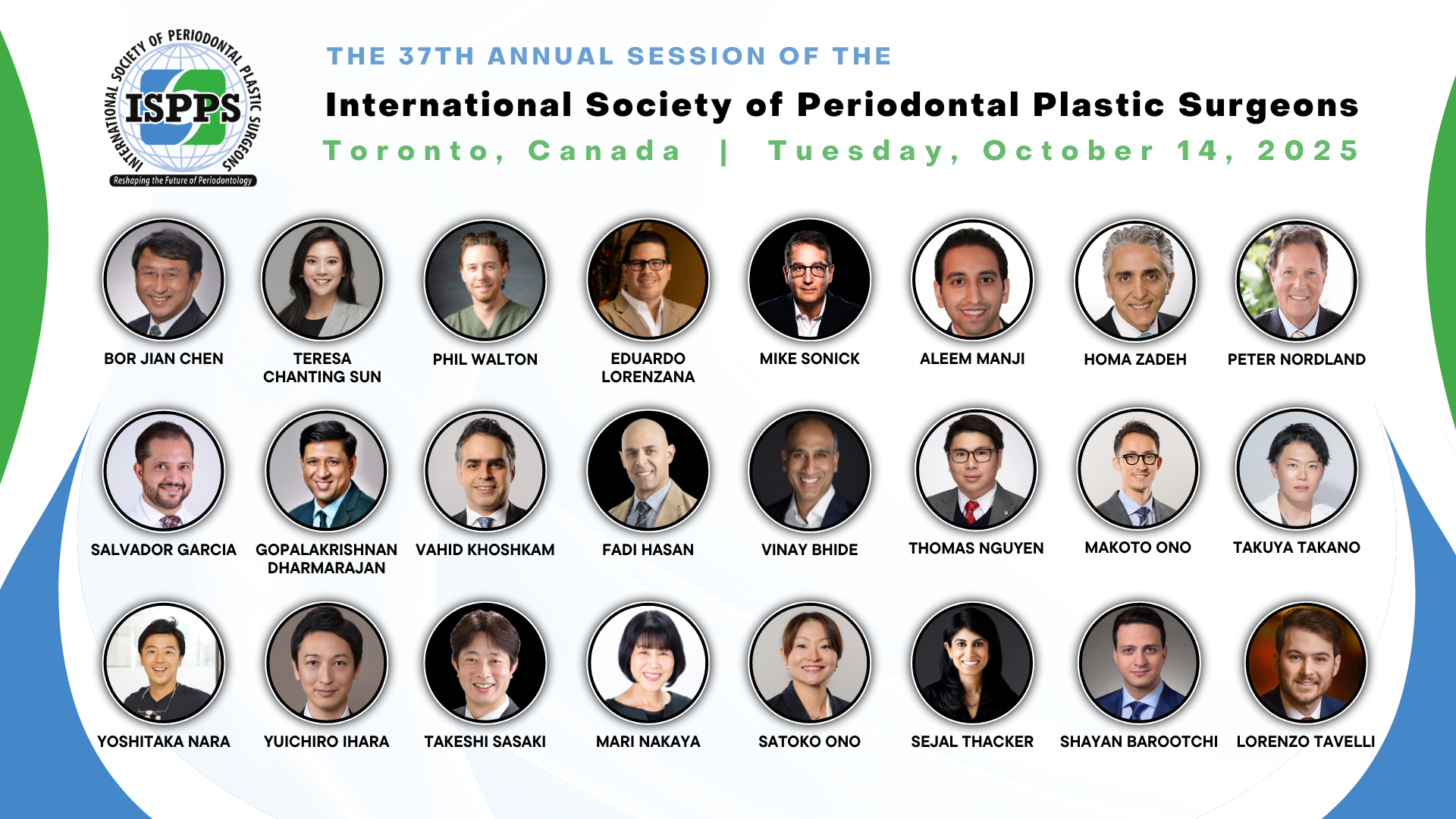
The timelines, protocols and indications of implant dentistry are constantly evolving. Once hotly debated, immediacy protocols are not only being accepted as a viable treatment option but a high level of care when attempting to achieve optimal esthetic outcomes. However, these same day approaches must follow important tenets for success and one of the widely contemplated but commonly faced decision-making processes is how to manage the bone-implant void presented during such cases, often referred to as the horizontal defect dimension (HDD). Many have advocated an array of options and biomaterials. This presentation will focus on whether soft tissue augmentation is a necessity for long term function and aesthetics when compared to alternative modalities such as dual zone therapy. Drs. Lorenzana and Walton will examine the workflows and treatments for managing the so-called “gap” that lead to predictable hard and soft tissue maintenance in our effort to provide lasting outcomes in the esthetic zone.
Upon completion of this program the participant will be able to:
Periodontal plastic surgery aims to restore both aesthetics and function by correcting soft tissue deficiencies around teeth. This presentation compares two dominant approaches for soft tissue augmentation: the tunnel and its related technique and the coronally advanced flap-based technique. By examining the indications, advantages, limitations, and potential complications of both open and closed techniques, attendees will gain insights into tailoring surgical strategies based on individual patient needs and preferences.
By the end of this presentation, participants will be able to:
Often, we perform complex surgical procedures to achieve minimal aesthetic gains, sometimes overlooking their true impact on our patients’ lives. We battle through multiple surgeries for just a millimeter of success while underutilizing simpler, equally effective techniques. This presentation will focus on streamlined approaches to bone and soft tissue augmentation that achieve superior aesthetic results without unnecessary complexity. Attendees will gain insight into how thoughtful planning—not just technical execution—can lead to exceptional, predictable outcomes.
Interdental papilla competence is defined as the optimal filling of the interdental embrasure with papillary tissue, while papillary deficiency, often leading to the formation of black triangles, results from incomplete filling of this space. Various reconstructive techniques have been proposed to address this challenge, but many have not consistently yielded successful outcomes. This presentation will explore an, interdisciplinary approach to achieving interdental papilla competence, highlighting the collaborative roles of periodontal plastic surgery, clear aligner orthodontic treatment, and prosthetic management.
This presentation aims to identify relevant tissue characteristics to consider in phenotype change and gingival recession procedures, such as the amount of keratinized and attached tissue, presence and high attachment of the frenulum, gingival phenotype, papilla loss, number of recessions, and their height and width, to ensure the correct selection of the technique and graft in different clinical scenarios, preventing complications, increasing predictability, and improving aesthetic outcomes.
The purpose is to describe and evaluate the local characteristics involved in the development of gingival recessions and their influence as a determining factor for graft selection and their importance for long-term treatment stability. This approach also includes the selection of the technique, prioritizing the gingival phenotype in specific situations.
Post-operative creeping attachment is a well-documented phenomenon following gingival grafting procedures, contributing to improved soft tissue coverage and long-term stability. This presentation will delve into the biological mechanisms driving this gradual coronal migration of the gingival margin. We will explore key clinical factors influencing its occurrence and extent, including graft selection, surgical techniques, and patient-specific variables. By understanding this process, clinicians can better predict and optimize surgical outcomes, leading to enhanced aesthetics and functional results.
The treatment of gingival recession with interproximal attachment loss remains highly unpredictable and challenging. Over the years, numerous clinicians have attempted various surgical techniques, suturing methods, and biomaterials such as growth factors to improve outcomes. In this session, we will present our approaches and strategies for managing gingival recession with interproximal attachment loss, as well as techniques for interproximal papilla reconstruction.
This lecture will explore the challenges associated with esthetic complications in dental implant therapy and will provide a comprehensive overview of both surgical and prosthetic strategies to manage and prevent these issues. Participants will gain insights into the etiology of esthetic failures, diagnostic considerations, and evidence-based techniques to optimize implant esthetics. Real-world case presentations and clinical solutions will be discussed to enhance the predictability of esthetic outcomes.
By the end of this lecture, participants will be able to:
By the end of this lecture, participants will be able to:
Mandibular anterior teeth with recessions present with a clinical challenge to all clinicians While the management of mucogingival defects and soft tissue deficiencies are within the realm of our specialty the unique challenges related to mandibular anterior teeth stem from anatomic issues such as shallow vestibular depth, frequent aberrant frenal attachments, thin gingival phenotype and minimal zone of keratinized tissue. This can be compounded by factors such as short conical roots with mobility of teeth and malposition of teeth. This session will explore these challenges and provide a comprehensive review of traditional, contemporary, and hybrid techniques for managing mucogingival deficiencies. A multidisciplinary approach will also be discussed to enhance long-term predictability and clinical success.
By the end of this lecture, participants will be able to:
Website Managed by Goldman Dental Management. Copyright © 2024